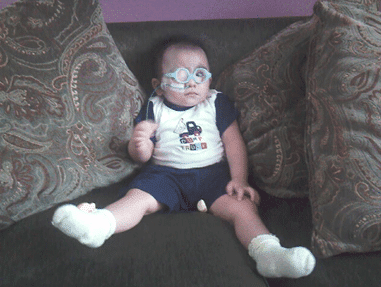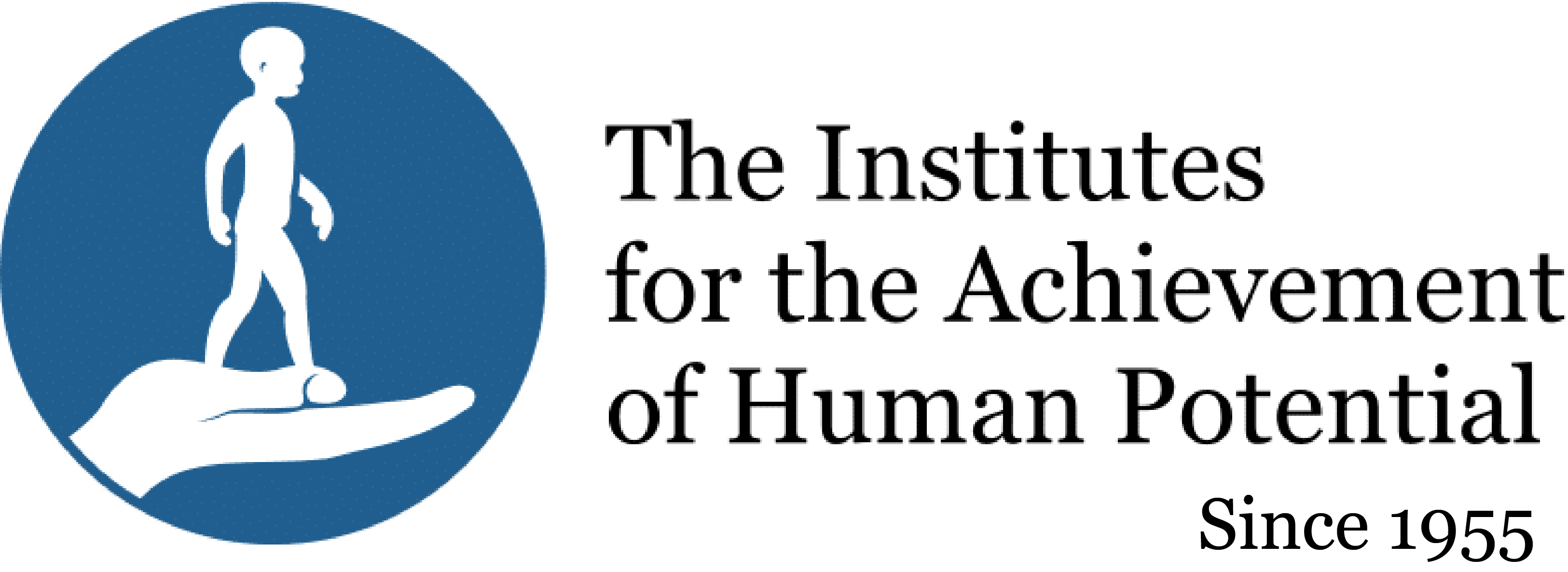- About
-
-
-
-
-
Connect with us
-
-
- Special Needs Child
-
-
-
-
-
Upcoming Course
-
-
- Early Development
-
-
-
-
-
Upcoming Courses
-
-
- Results
- Store
- Consultation/Consulta
Call us +1 (215) 233-2050
- Search
Cerebral Palsy
Is a Cerebral Palsy diagnosis permanent?
Understanding Cerebral Palsy
The label “Cerebral Palsy” is often used to describe several different movement disorders that manifest in early childhood. Although many medical authorities offer dire prognosis’ for children with these conditions, we offer said children a path to wellness. We do so by properly diagnosing the problem and prescribing a program carefully crafted to encourage brain growth and development.
Old-fashioned labels like “cerebral palsy” are not found in the literature of The Institutes, but rather the term “brain-injured.” This refers to the entire spectrum of brain injury from profound coma, paralysis, blindness, and deafness to mild learning problems and every kind and degree of brain injury in between.


Recovering from Cerebral Palsy
A proper diagnosis describes where the injury exists in the brain, the degree of the injury to the brain, and the extent of the injury to the brain. To be successful one must treat the brain, where the injury actually exists. The Institutes offers a program of neurological organization that parents carry out at home.
Our treatments for Cerebral Palsy encourage motor development and intellectual stimulation for increased brain growth.
Myths & Facts About Cerebral Palsy
Myths
- They need surgery for their eyes, ears, legs, and hips.
- They will need braces, crutches, wheelchairs for life.
- They are “mentally retarded.”
Facts
- The problem is in the brain, and it is the brain that needs to be treated.
- They need stimulation and opportunity to gain real ability and to improve.
- They are intelligent.
Cerebral Palsy Success Stories
Parents from around the world have helped their children diagnosed with Cerebral Palsy to move along the path to wellness. Using the programs developed by The Institutes, children diagnosed with Cerebral Palsy have been able to improve function and, in many cases, perform at peer level.

George – Age 3
“It is incredibly difficult when your child’s eyes don’t work, when he can’t look at you...These things DO NOT improve when you wait and see. They do not improve when you don’t work at it every single day. Your child has only you, you must step up and do everything possible”

Melvin – Age 3
octors told Melvin’s parents that they could not predict how he would do and advised them to “wait and see.” Parents did not want to wait and immediately began searching for answers on the Internet. They quickly discovered The Institutes.

Adele & Leah
One little girl proves that brothers and sisters are a powerful force to help save the lives of brain-injured children and help with cerebral palsy treatment.
Get The Tools You Need To Support Your Child’s Development
Upcoming Courses
For Parents of Hurt Children

What To Do About Your Brain-Injured Child
Develop an actionable plan to improve your child’s condition and well-being. Presented in English & Spanish

 Donate
Donate
